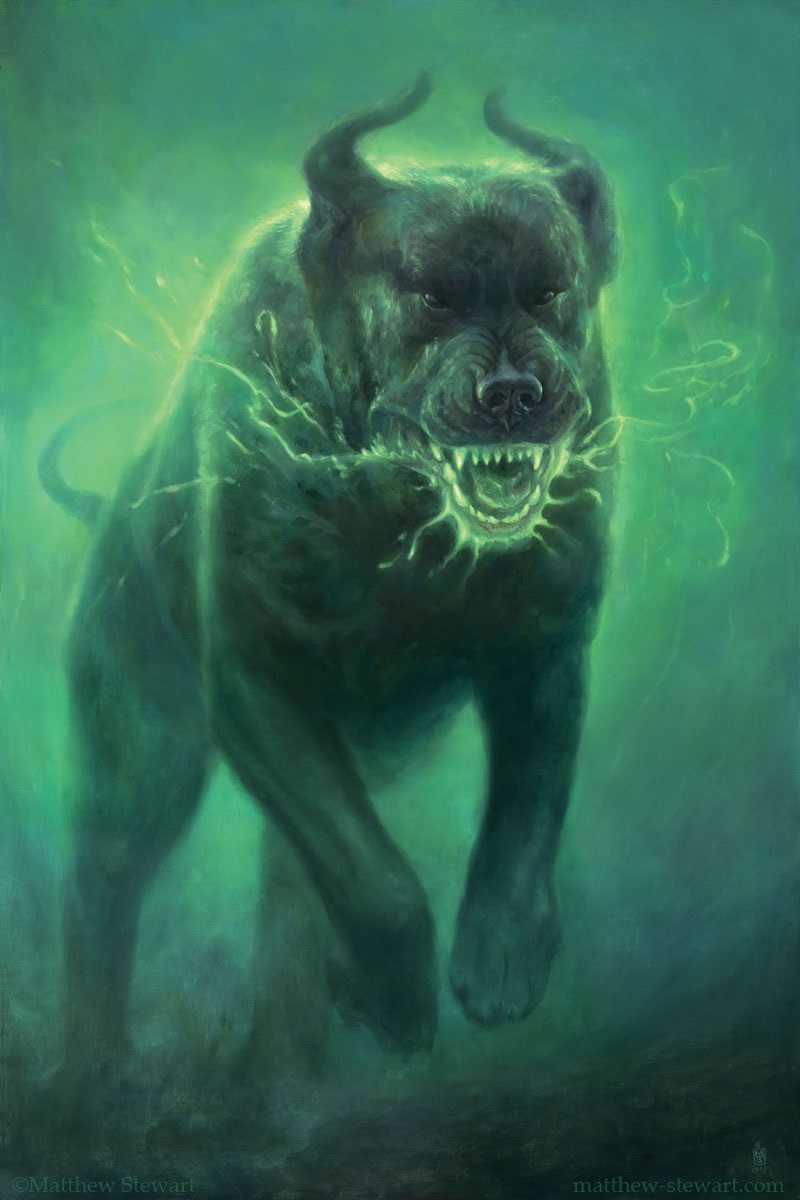

He subtly creates a platform to thrill and entertain his readers through his simple yet elegant writing style. And this is the first hint of the genius of Arthur Conan Doyle. The vastness and the hint of the unknown in the moors made me shiver. But is the curse the reason for Sir Charles’ death or did he just die from a weak heart? And is the mysterious and deadly hound real or just a figment of everyone’s imagination? Also can Sherlock solve this case and prove it to be the work of a mortal rather than the work of a supernatural being, as everyone believes it to be?

Mortimer fears that he, too, will fall victim to the curse. So, now that the only surviving heir to Sir Charles, Henry Baskerville, is arriving in England to take up his residence at the Baskerville hall, Dr. And since then all Baskerville men have been cursed by its presence. This curse hounds all Baskerville men.Īccording to the legend, a huge black hound killed Hugo Baskerville following a dreadful deed done by him. Mortimer is unsure if the death of Sir Charles is natural or the result of the realisation of the Baskerville curse.

It contains the second half of the novel, 108 blank pages, and ads for other McClure, Phillips books sandwiched in between.Set in the England of 1880s, the mysterious death of a prominent man, Sir Charles Baskerville, in the moors of Dartmoor brings his physician and friend, Dr. Th ose e ff orts produced what is today a possibly unique object: a partially printed book or “dummy” to help his salesforce sell the Hound to bookstores. Not only did he catch the public eye with manuscript pages in bookstore windows, but he also worked assiduously behind the scenes. With a bit of Barnum in him, McClure was an indefatigable promoter. A powerful force in late 19th- and early 20th-century US publishing, McClure syndicated serialized literary works in hundreds of newspapers across the country, published books, and propelled muckraking journalism to prominence with McClure’s Magazine. While Sherlock Holmes rose to prominence in the UK thanks in large part to the publishing innovations of George Newnes, his champion across the Atlantic was S. With its early move to colorful cover illustrations, the US Strand also stood out from competing literary magazines. Compare, for instance, the Strand ’s advertising posters in the UK and US-the UK ad is a dour, typographic mash-up, the American an atmospheric, spine-chilling teaser. Th e Hound took on a di ff erent look in America. Demand was badly underestimated, the book returned to press multiple times, and consequently its publication history presents unexpected, complex bibliographical details. The Hound was wildly popular in the US, selling 50,000 copies in less than two weeks.


 0 kommentar(er)
0 kommentar(er)
